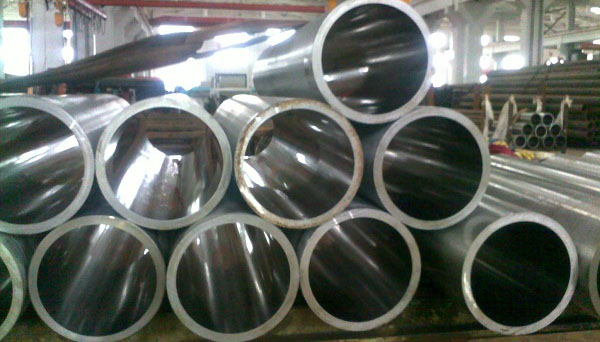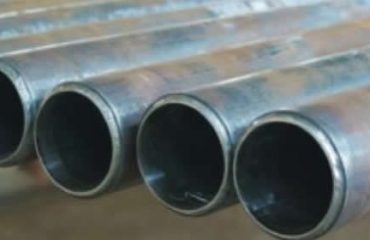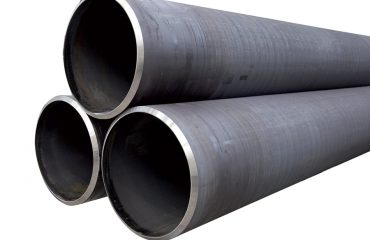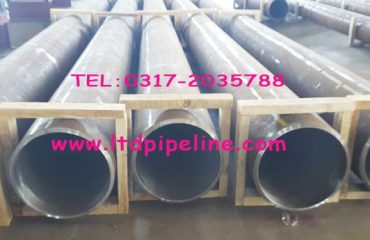The main alloying elements of nickel-based alloys are copper,chromium and molybdenum.
Nickel Base Alloy Lined Pipe has a good overall performance, resistance to various acid corrosion and stress corrosion.Clad plates are used as raw material for the production
of metallurgically clad pipes. The plates consist of a base material and a corrosion resistant alloy material.
They are linked together firmly by a diffusion bridge.
The first application (1905 US production) is a nickel-copper (Ni-Cu) alloy, also known as Monel (Monel alloy Ni70Cu30). There are also nickel-chromium (Ni-Cr) alloys (nickel-based heat-resistant alloy), nickel-molybdenum (Ni-Mo) alloys (mainly refers Hastelloy B series), nickel chromium-molybdenum (Ni-Cr-Mo) alloys (mainly refers Hastelloy C series) and the like. At the same time, pure nickel is a typical representative of nickel based corrosion resistant alloys. These nickel-based corrosion resistant alloy is mainly used in the manufacture of petroleum, chemical, power and other corrosion-resistant components of the environment.

Nickel Base Alloy Lined Pipe,clad pipes
Application of Nickel Base Alloy Lined Pipe,clad pipes:
● Subsea Pipeline
● Offshore Oil & Gas pipeline
● Onshore Oil & Gas pipeline
● Oil Refining & Petrochemical pipeline
● Power Plant pipeline
● Environmental Protection & Sewage Treatment
Corrosion resistance to the process environment is provided by the internal CRA clad layer, typically 2.5-3.0 mm thick, while the less expensive carbon backing steel provides the line pipe with the required strength and toughness to maintain the mechanical integrity.
Clad line pipe can be manufactured by various techniques that include the forming and welding of hot roll bonded plate, hot co-extrusion, weld overlay, and manufacture of lined pipe.




You must be logged in to post a comment.